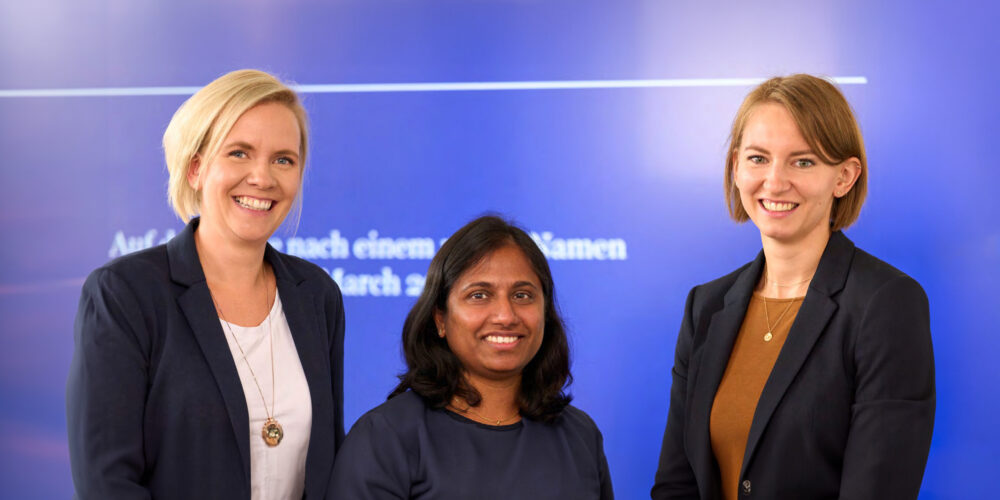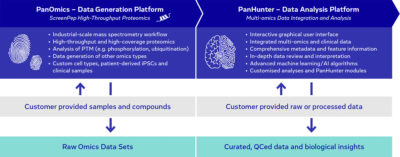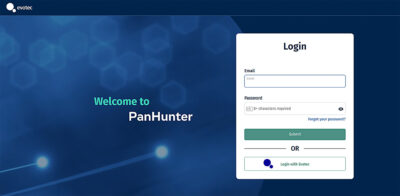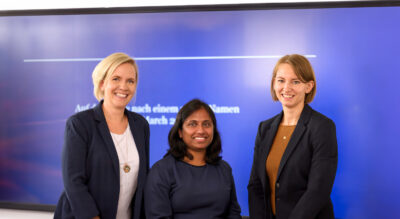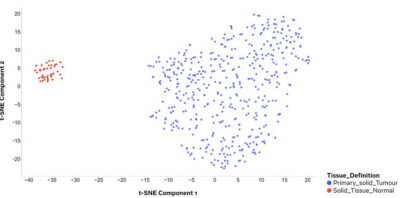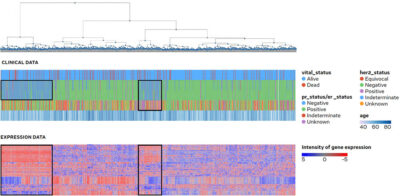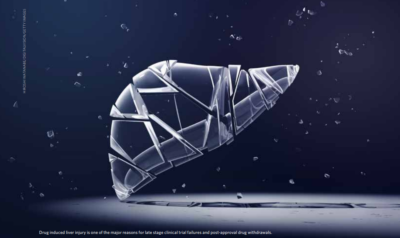Dr Ramon Oliveira Vidal
Research Scientist Bioinformatics
Latest update: April 2024
Starting from a clean visualisation of dimension reductions, one can select individual sets of cells or entire cell clusters and annotate them manually.
PanHunter has great support to single-cell sequencing and its related technologies such as spatial transcriptomics. It is also possible to automatically annotate cell-types using our single-cell classifier, which is based on machine learning technology. It can be of great help when analysing complex or unknown tissue types.
A typical data analysis workflow starts with a quality check to spot technical biases or outliers that would interfere with biological interpretation. Subsequent dimension reduction gives a first idea of sample clustering and structure as well as provides the starting point for downstream analyses. Typically, we look into differential gene expression, pathway and GO term enrichment, network analysis, interpretation of patient data, and signature matching. PanHunter apps intuitively guide through this workflow, making omics data analysis also accessible to wet lab scientist after a short introduction.
An important role of a Computational Biologist is to present insights to projects and clients. With PanHunter we are able to produce high quality, interactive visualisations that are easy to share, understand, and can be integrated into our analysis reports. These visualisations include many different formats ranging from dimension reduction plots, heatmaps, networks and pathway visualisations, and each has multiple options to customise.
Together with our colleagues, we are constantly working on the implementation of new tools and the improvement of existing apps, ensuring state-of-the-art analysis of datasets. Thereby, PanHunter is organically growing with every new project, addresses real life questions, and incorporates the expertise of many, highly skilled scientists.
Our vision for PanHunter is to be a digital working space that enables a joint omics data analysis by wet and dry lab teams and allows focusing on data mining and biological insights. Therefore, it is great to see that PanHunter development builds on user perspectives and needs.
